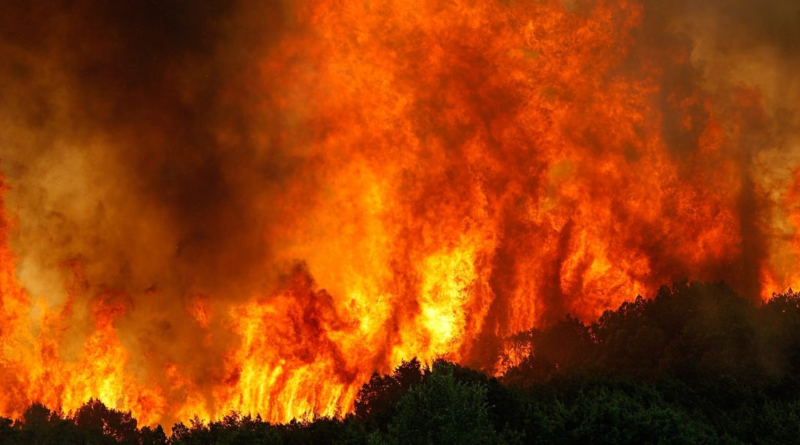Texas weather poised to be even more volatile and extreme
Texas has had more than its share of extreme weather events in the past few years, with severe temperatures (both hot and cold), wildfires, and droughts. Unfortunately, for citizens hoping for a little relief, things are pointed to get worse.
A new report from the Texas state climatologist at Texas A&M University, Dr. John Nielsen-Gammon, predicts significant increases in days that top 100-degrees, which could lead to even more extreme weather events.
The “Future Trends of Extreme Weather in Texas” report looks at future trends through 2036. By that year, it says, the average annual surface temperatures will be 1.8 degrees warmer than it is today and 3 degrees warmer than the averages from 1950-1999. That might not sound like a lot, but it opens the doors for all sorts of meteorological volatility, from wildfires to droughts to extreme rain events.
The chances of a 100-degree-plus day by 2036 will be four times what it was in the 1970s and 1980s. And those higher temperatures (for extended periods) increase the risk of wildfires, especially in the western and southern portions of the state. Just two months ago, authorities battled a “super wildfire,” which covered more than 1 million acres. Destroying over 130 homes and leaving 11,000 people without power. Two lives were lost in the event as well.
Last summer, temperatures in some areas in Texas were hotter than 99% of the planet, noted some meteorologists. In July, one forecast called for the northern part of the state to reach as high as 112 degrees.
As western Texas faces potential wildfires, the eastern part of the state could have troubles with too much water, as rising sea levels could bring a “retreat of the Texas coastline.” Storm surges from hurricanes, it says, tend to be more severe due to higher sea levels, which cold be problematic. Additionally, as populations in big cities increase, urban flooding is projected to increase.
Extreme rainfall is also a risk in some areas. The report notes clouds produce about 4% more rainfall for every Fahrenheit degree the average temperature increases. That can alter weather patterns and increase the number of dangerous storms. If there’s good news here, it’s that the increase in extreme rainfall is not expected to rise as fast as it has in the past—and Nielsen-Gammon says snowfall events like the one that took place in 2021 are extremely rare and less likely to occur.
The report, which acknowledges the uncertainties of long-term forecasting, was funded by Texas 2036, a nonpartisan public-policy nonprofit that was named for the state’s upcoming bicentennial.




